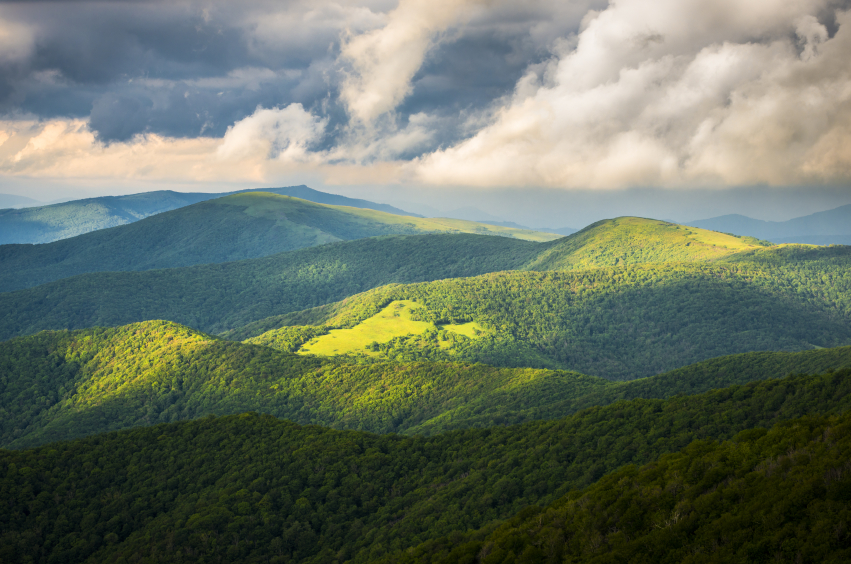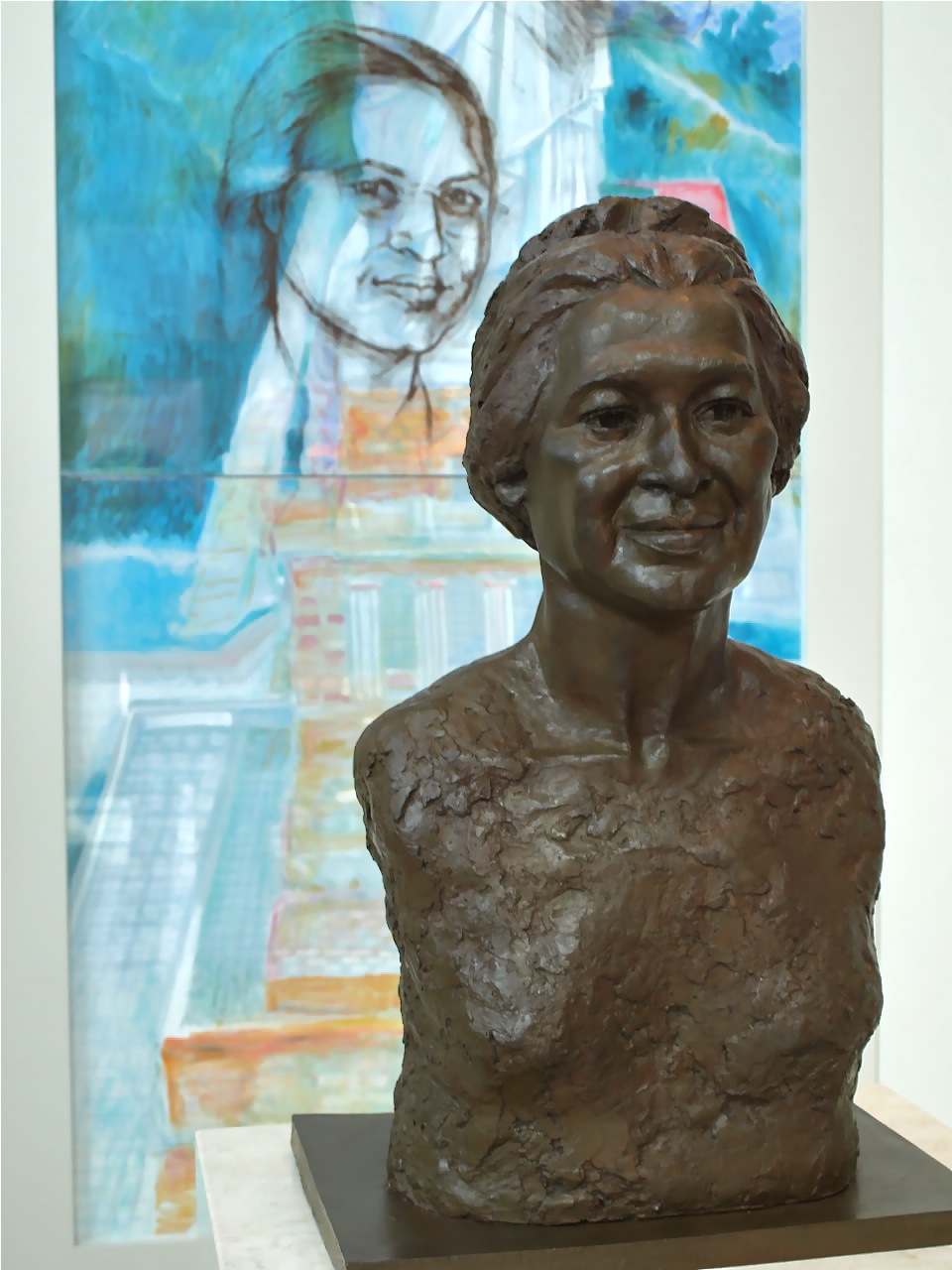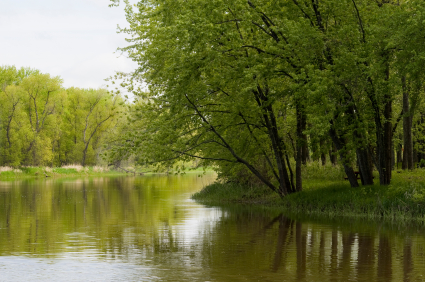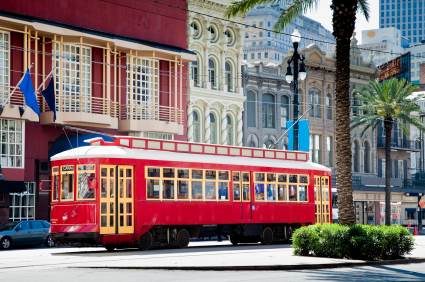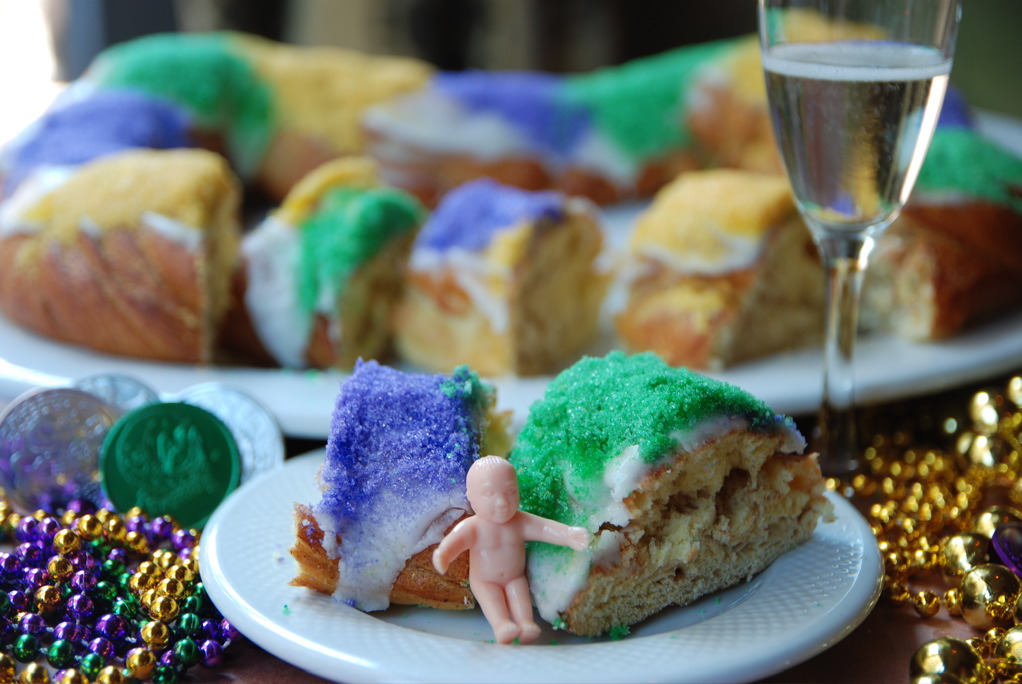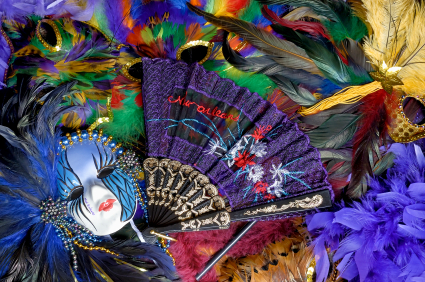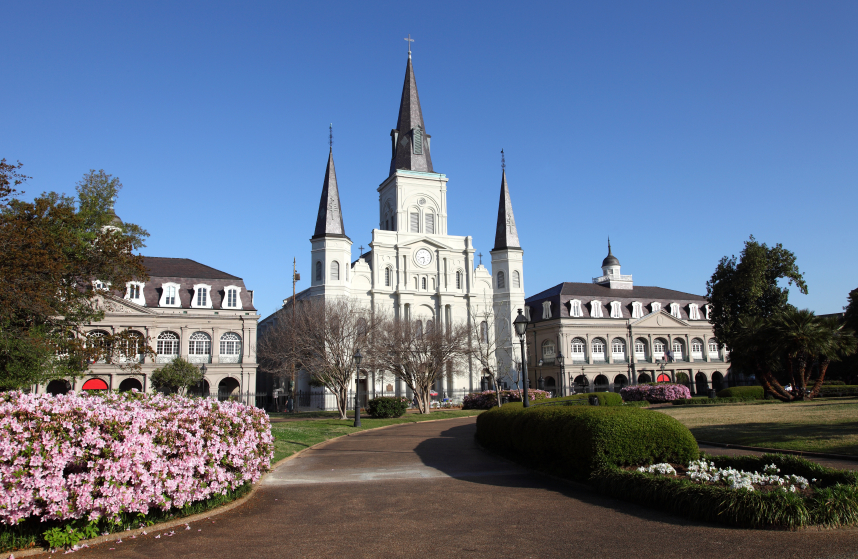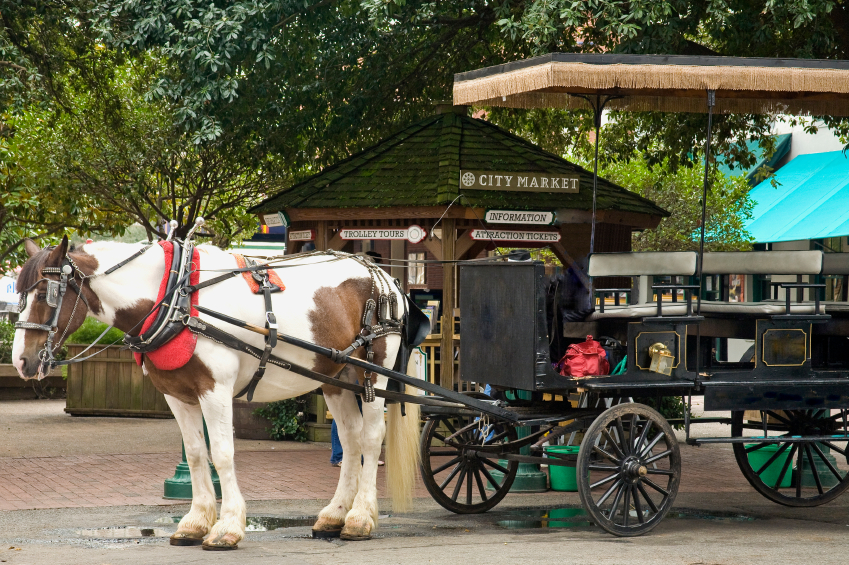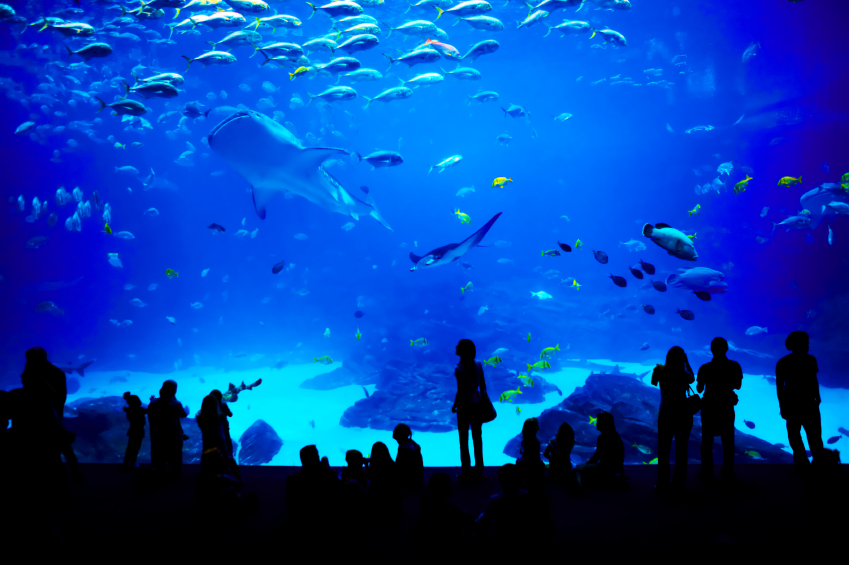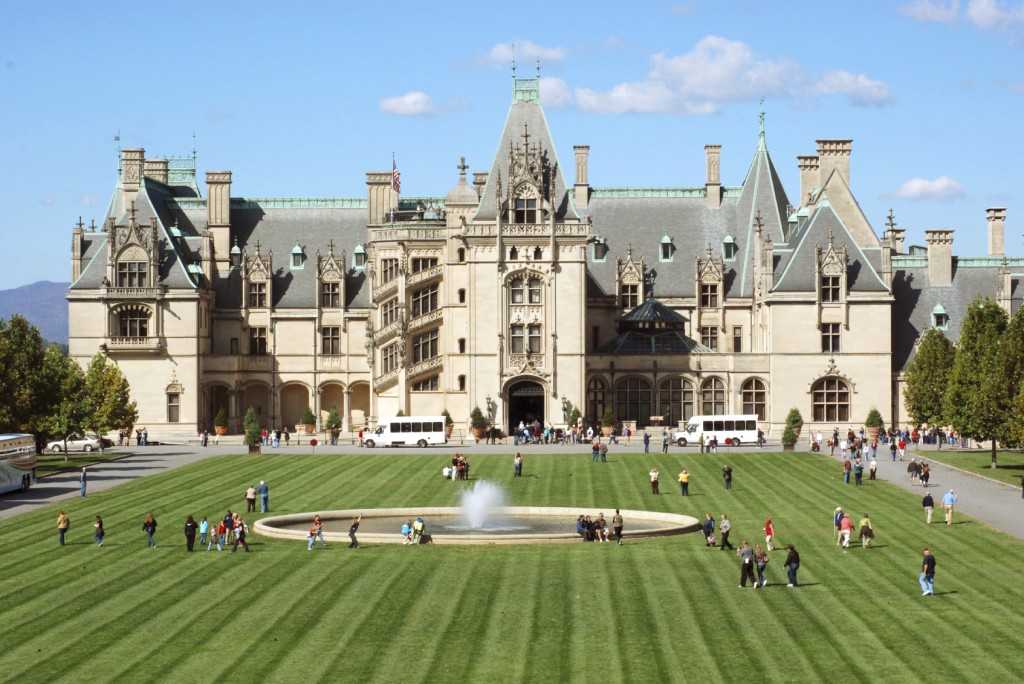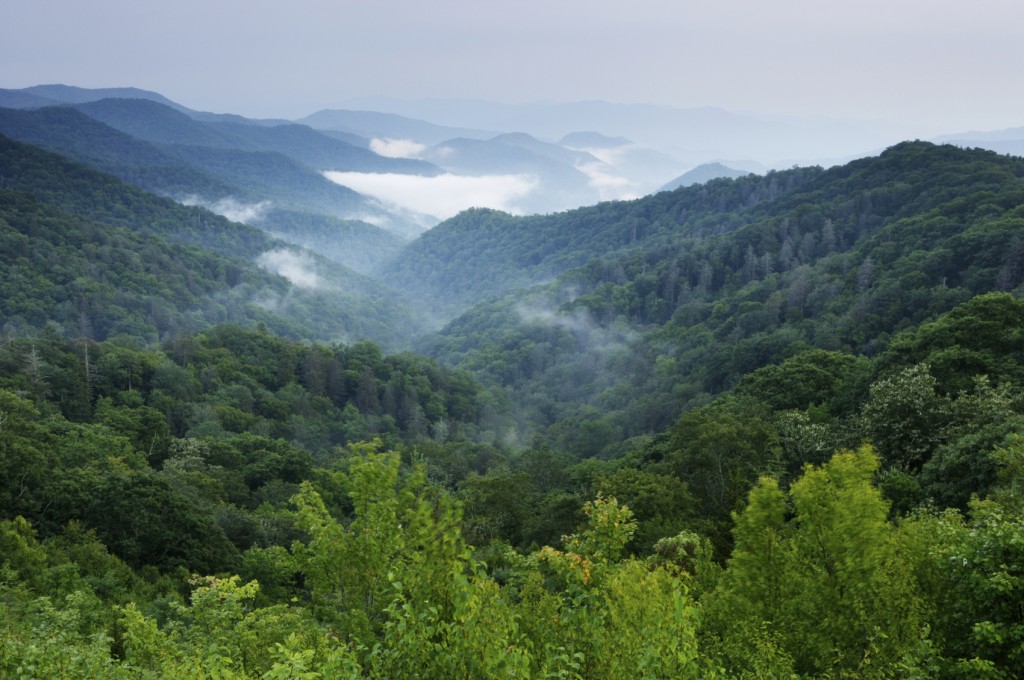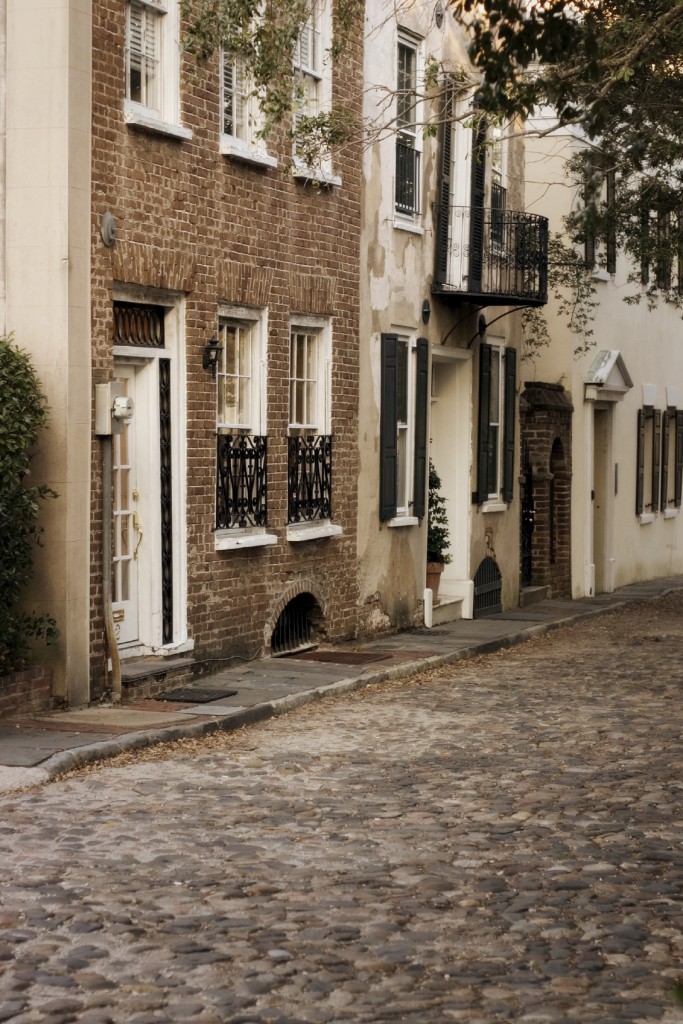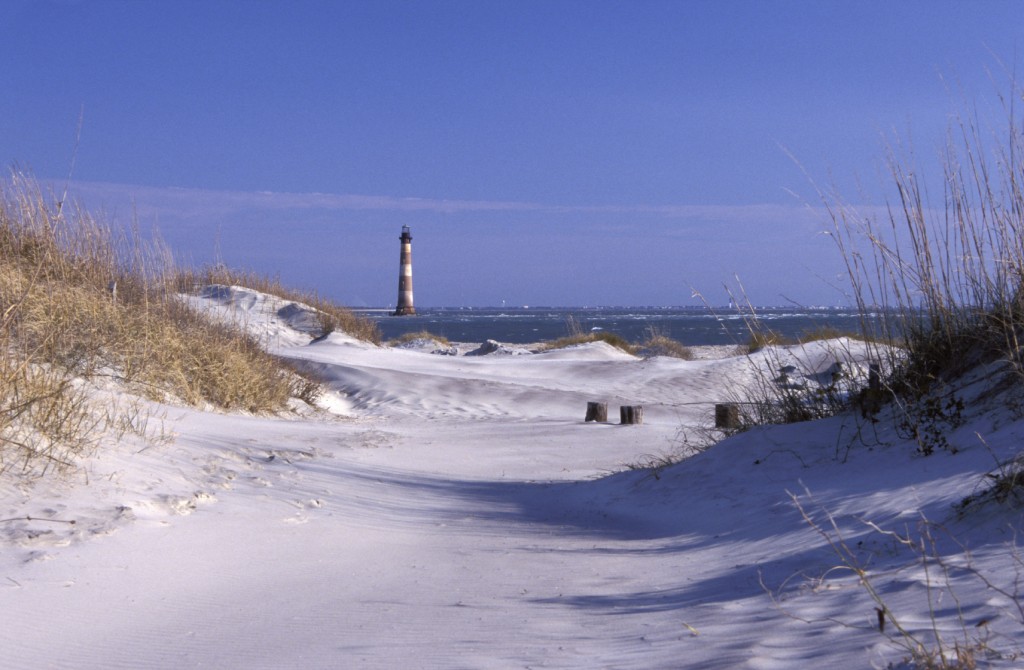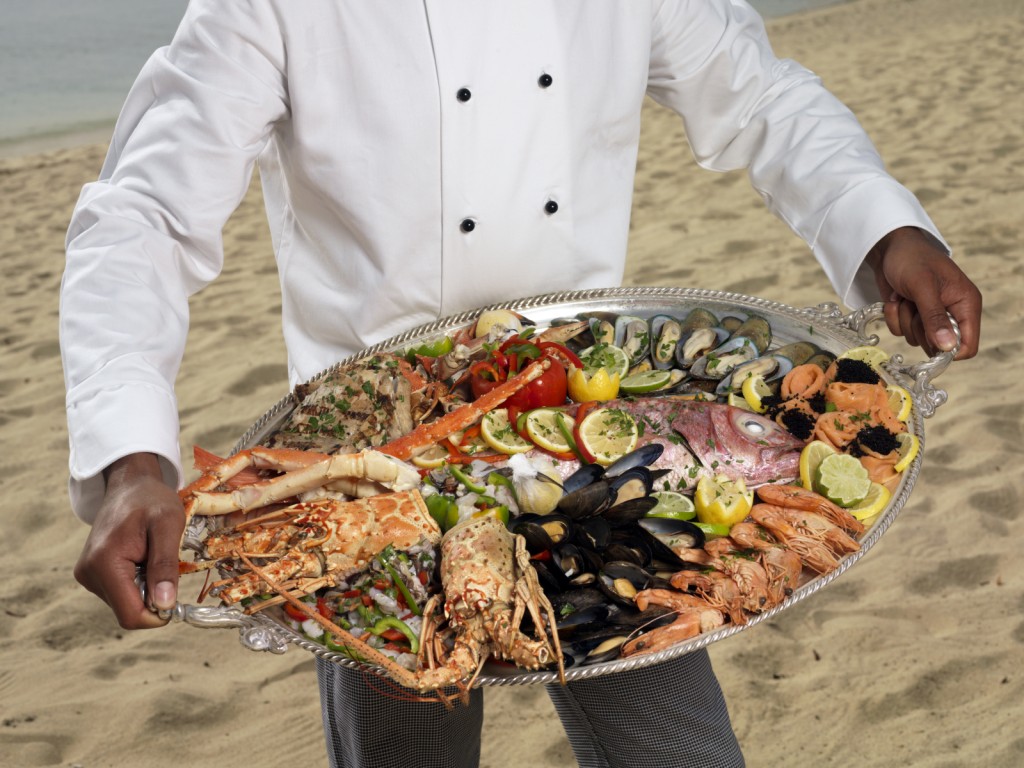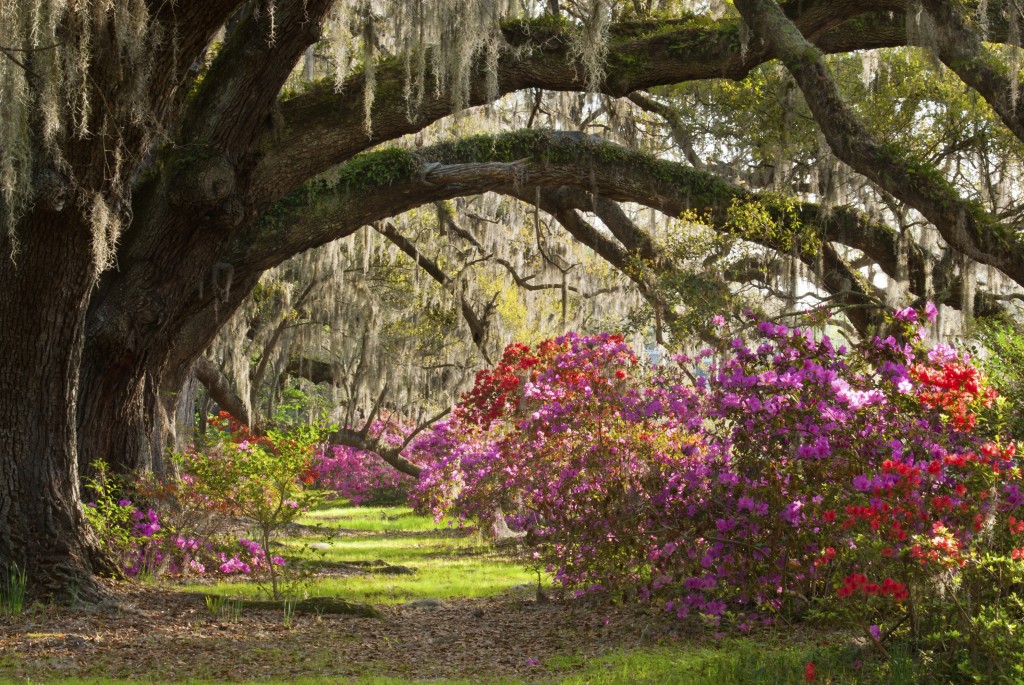Deep South Traveling
One of the most egregious mistakes people make about the South and Southerners is that residents of this corner of America are all the same. In fact, each Southern state has its own unique accent, cultures and traditions, with regions within each state sometimes vastly different from others. Historically the South consisted of mostly Protestants from the British Isles and African Americans brought in as slaves, with South Louisiana like an island with its Catholic French and Spanish ancestry and the New Orleans melting pot. But because of geographical differences and the influx of other immigrants, each region became unique.
The South as a whole can be divided into many sub-regions, the largest being the Deep South, once defined for the rich soil used for growing cotton. Today, Southerners consider the Deep South as that area hugging the Gulf of Mexico, a region filled with live oak trees dripping with Spanish moss that reaches over to the Atlantic and slightly up the East Coast. South Carolina, Georgia, Alabama, Mississippi and parts of Louisiana fit into this category.
The Deep South has much to offer the traveler. Lovers of both early American history and the Civil War will want to visit Georgia’s many historic sites, from its Civil War battlefields to the hip college town of Athens, home to the University of Georgia, the oldest state-chartered university in the United States. Heading towards the coast is the historic and charming city of Savannah with its delightful town squares and ancient cotton warehouses. Nearby are miles of Low Country marshlands, islands and rivers with Charlestown, South Carolina, to the north, another charming Southern city seeped in American history.
Quartz from the Appalachian Mountains makes its way to the Florida Panhandle through rivers and streams and that’s why the “Emerald Coast” offers dazzling beaches of quartz sand along the Gulf. The deep-water “Fathom Curve” that exists close to Destin, plus the unique beaches, gives this area its name, for the waters are indeed breathtakingly emerald. Much of the Panhandle beaches have been preserved, so natural beach settings are coupled with beachfront destinations.
Alabama offers a wide range of diversity, from Gulf Shores beaches to the northeast mountains to the innovations of NASA in Huntsville. One of the South’s most inspiring experiences is the Alabama Civil Rights Museum Trail. Visitors may walk the Edmund Pettus Bridge in Selma, learn about the Montgomery Bus Boycott at the Rosa Parks Museum and follow in the Rev. Martin Luther King’s footsteps, from his Montgomery parsonage to his “Letter from a Birmingham Jail” at the Birmingham Civil Rights Institute.
Next door in Mississippi visitors can learn the origins of America’s music, visiting the birthplace of Elvis and the Delta, land of the blues. For years the state of Mississippi has been erecting markers honoring its music and visitors can experience these historic spots with the Mississippi Blues Trail and the Country Music Trail. Naturally, Mississippi is home to numerous music festivals as well.
It’s also been said that something in the Mississippi water produces great writers, for the state is home to literary greats Eudora Welty, William Faulkner, Richard Wright, Tennessee Williams and John Grisham, among others. The Deep South as a whole has more than its share of outstanding writers and visitors can view where they created in the Southern Literary Trail.
And what’s a trip to the Deep South without visiting New Orleans, that eclectic, charismatic city where care forgot? New Orleans has something for everyone, a playground for those looking to escape inhibitions, a food-lovers heaven, a unique slice of American history and fun for the entire family with its parks, festivals and award-winning zoo and aquarium.
The big question may be when to visit. Most of the year, Deep South weather is a joy — colorful springs, warm falls for outdoor fun and football and mild winters attracting snow birds (the people kind).
If you are interested in visiting southern states, check out our Charleston Vacation Packages and start planning your next vacation!
Cheré Coen is a Lafayette, La., travel writer and author, but a native of New Orleans. Her latest book is “Exploring Cajun Country: A Tour of Historic Acadiana.” Follow her at WeirdSouth.blogspot.com


